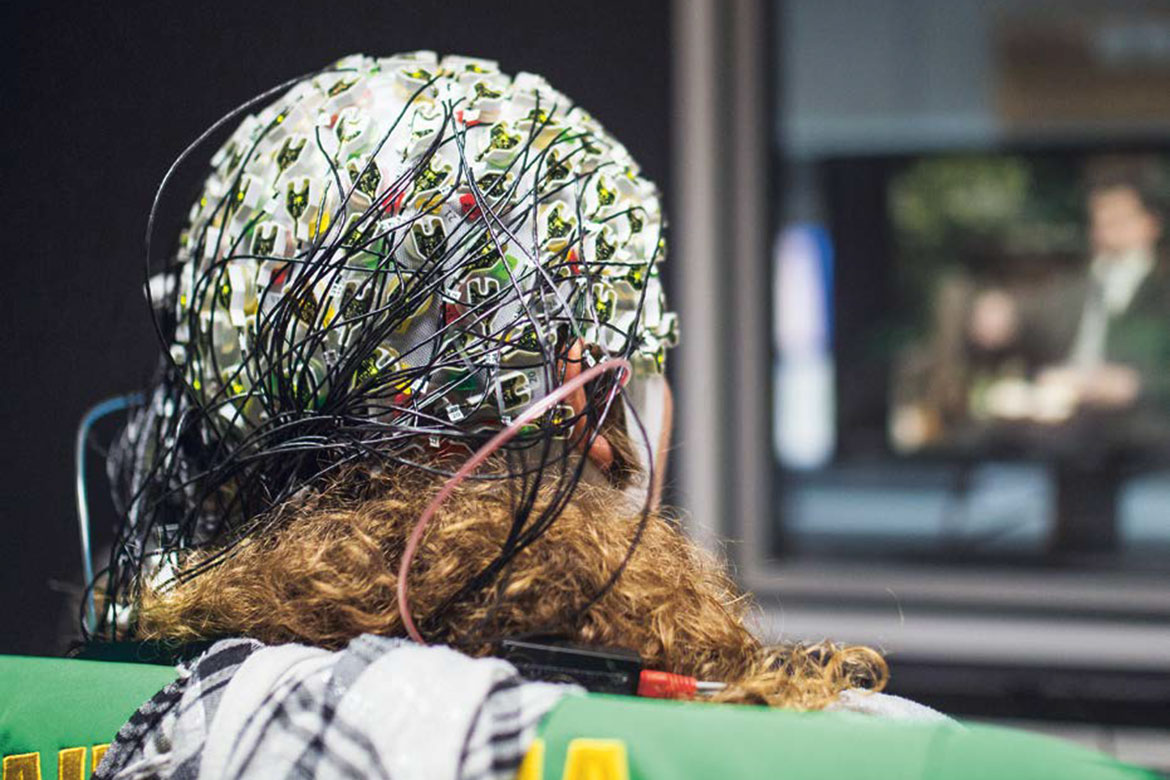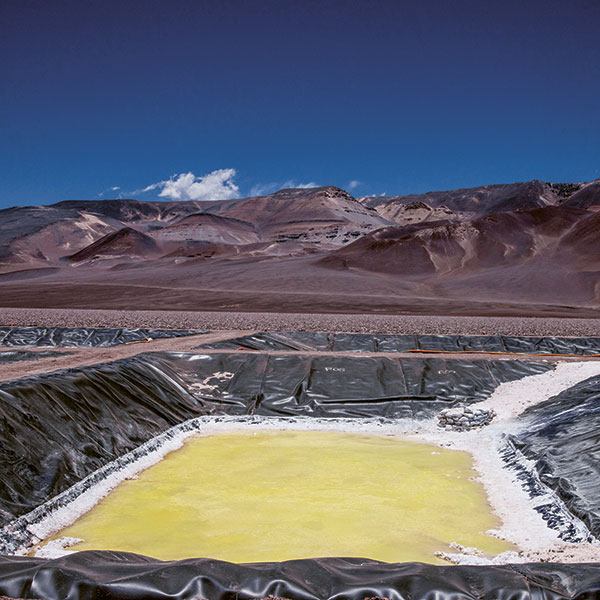Bringing solar cells out of the shadows
Solar farms are vulnerable to certain weather patterns. Perovskites may once more provide solutions.

If one part of a solar cell is in the sun and another in the shade, voltage differences can occur. | Image: Fotolia/Tamara Kulikova
In less than 10 years, perovskites have become an established part of solar cell research. Scientists in the United States, Korea and Switzerland are all studying this family of crystalline materials. And the technology is rapidly improving: the stability of photovoltaic collectors has increased from a few hours to more than 40 days, and yields have increased fivefold from four percent to more than 22 percent.
Luca Bertoluzzi is studying one particular limitation to the application of these materials. Solar cells struggle to withstand large differences in voltage, which can happen when one part of a panel is exposed to the sun while another is in the shade, for example.
Solar panels are made up of many cells that do not always operate at the same time. This can be problematic for modules based on both perovskites and traditional silicon. “Any cells in the shade act as barriers to the current generated by those cells exposed to the sun”, explains Bertoluzzi. “If the voltage difference exceeds a certain threshold, the circuit is overloaded and can become damaged”.
Silicon can withstand voltage differences of more than 10 volts without sustaining damage. Perovskite prototypes only tolerate differences of one to four volts, but they are capable of reversing some of the harmful effects. If the scenario continues or repeats itself, however, the damage accumulates and leads to reduced performance, followed by cell death.
Lionel Pousaz




